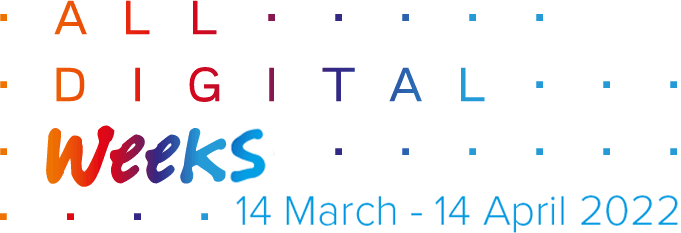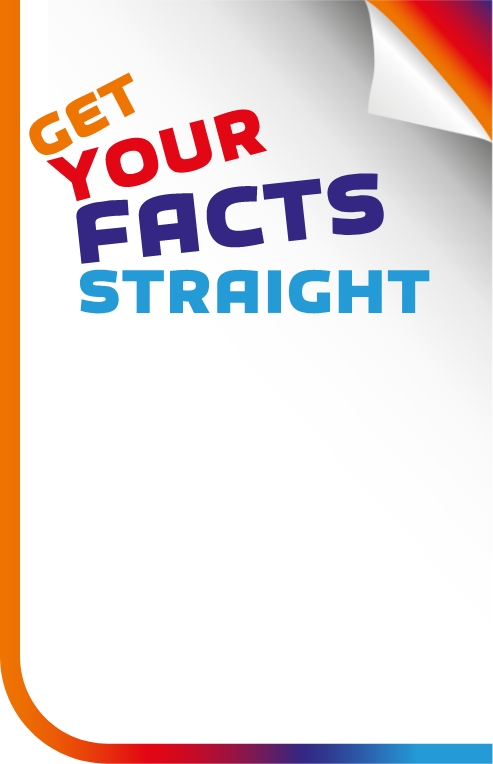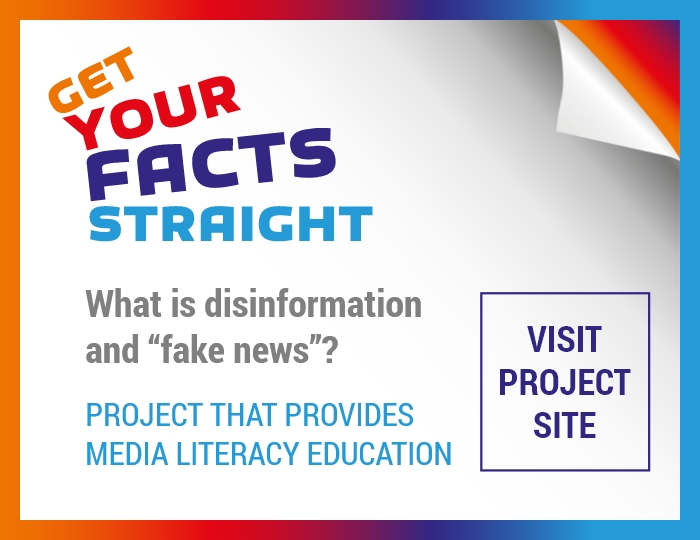 More than one hundred thousand Europeans were reached by telecentres in 30 European countries in the 2011 Get Online Week campaign.
More than one hundred thousand Europeans were reached by telecentres in 30 European countries in the 2011 Get Online Week campaign.
When Telecentre-Europe’s Get Online Week counter was stopped, it stood at 112.074. More than one hundred thousand people had answered a few simple questions in a short survey to show they had been reached by the campaign. They had been supported to use the internet in about 5.000 telecentres in 30 countries across Europe – education venues, libraries and NGOs providing support to use computers and the internet.
 Of the 112.074 that were supported to use the internet, or a new online service for the first time, about one in ten were unemployed (9.6%), and one in seven were retired (14.5%), and just under a third were in employment (31%). About half were under 25, one third between 25-55, and just under a fifth, almost 20.000 people, over 55. There was a majority of women (56%) to men (44%). These demographics however still don’t tell the whole story.
Of the 112.074 that were supported to use the internet, or a new online service for the first time, about one in ten were unemployed (9.6%), and one in seven were retired (14.5%), and just under a third were in employment (31%). About half were under 25, one third between 25-55, and just under a fifth, almost 20.000 people, over 55. There was a majority of women (56%) to men (44%). These demographics however still don’t tell the whole story.
For about one in six (just under 20.000) this was the first time they had ever used the internet. Their technology journey was just starting. Gabi Barna, Chair of Telecentre-Europe, and Director of EOS in Romania said:
 “The people who visited telecentres during Get Online Week, will be being supported this week, and next week, and likely for a number of weeks to come. They started a journey of discovery about computers and the internet, which will lead them to benefit from better job prospects and wage premiums. They will have better social, community and civic connections, and personal economic savings and benefits to them, as well as macro-economic savings and benefits to their governments’ and to industry”.
“The people who visited telecentres during Get Online Week, will be being supported this week, and next week, and likely for a number of weeks to come. They started a journey of discovery about computers and the internet, which will lead them to benefit from better job prospects and wage premiums. They will have better social, community and civic connections, and personal economic savings and benefits to them, as well as macro-economic savings and benefits to their governments’ and to industry”.
The rest, just over 90.000 people, had already started their journey, but were in a telecentre being introduced to online services for the first time, or receiving ongoing support or learning. This ongoing support that local telecentres provide is vital.
 The 112.074 captured by the counter were not the whole story. In Lithuania a further 80.000 people had completed the survey to support the campaign, while in Latvia another 200.000 people had used it as part of their new online population census. Further to this there were at least a further 10.000 people who had used their respective nations e-learning platforms without it being registered on the survey. All of this leads to a much larger, wider figure of around 400.000 people reached by, or supporting, the campaign.
The 112.074 captured by the counter were not the whole story. In Lithuania a further 80.000 people had completed the survey to support the campaign, while in Latvia another 200.000 people had used it as part of their new online population census. Further to this there were at least a further 10.000 people who had used their respective nations e-learning platforms without it being registered on the survey. All of this leads to a much larger, wider figure of around 400.000 people reached by, or supporting, the campaign.
























